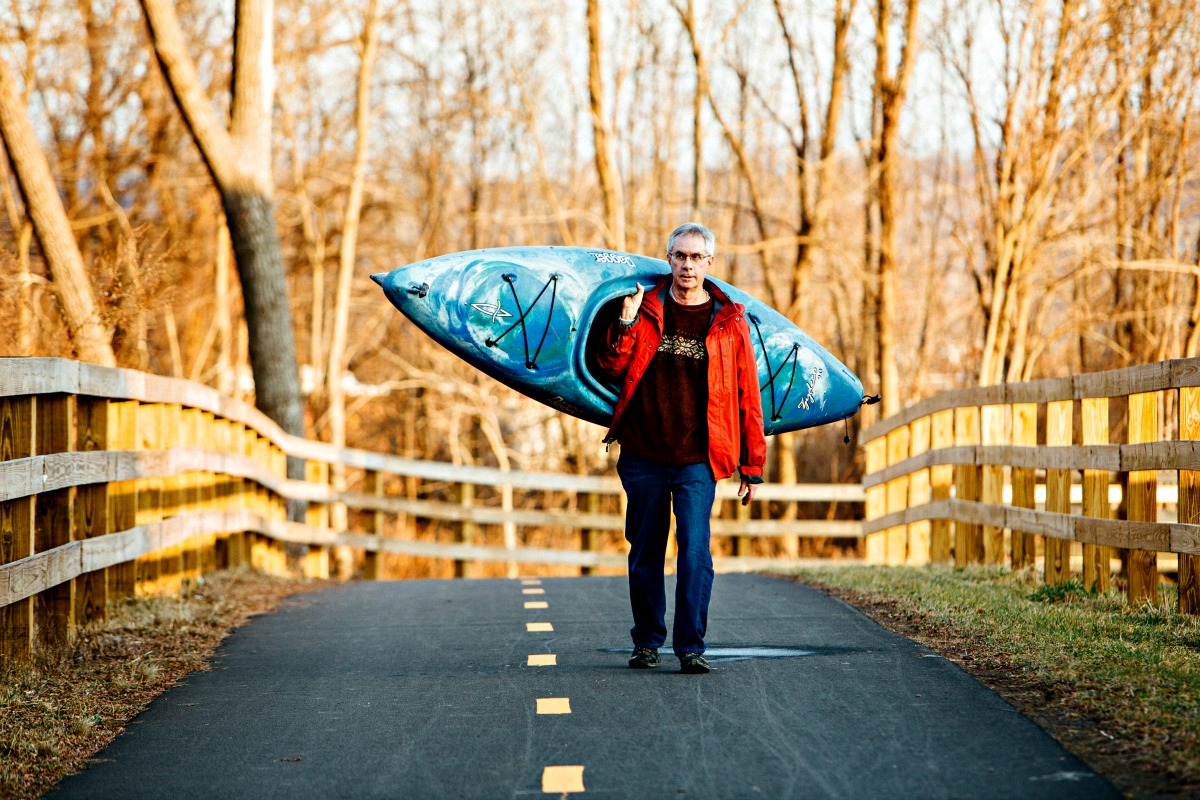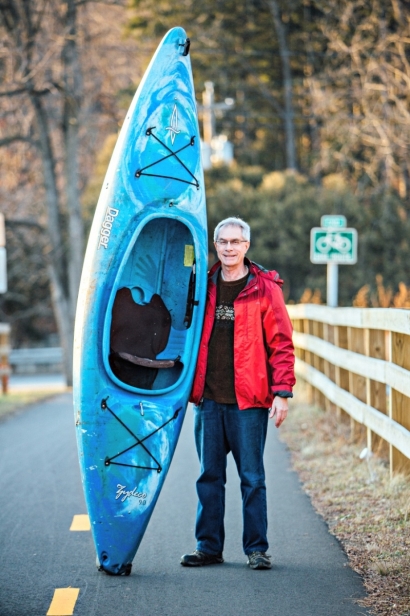Bill Newman: Godfather of American Craft Brewing
I met Bill Newman on December 5, 2016. Eighty-three years ago on that very date, Prohibition was repealed. A fortuitous day indeed to meet a pioneer of the American craft brewing world.
Founded in 1980, Wm. S. Newman Brewing Company was America’s oldest microbrewery east of the Rockies, and one of the first three microbreweries in the country. It also was New York State’s smallest brewery.
Newman produced traditional English cask-conditioned ales, considered revolutionary at a time when most Americans were swilling Miller and Bud. Newman was ahead of the curve, brewing full flavored, rich ales, the antithesis of insipid, mass market beer.
As Newman told the Times-Union in 1983, “Either I’m a fool or I’m a hero, but I’m confident I’ll be brewing beer till I’m 80. I believe small brewers are entering a renaissance period in America.”
So how did you get into brewing?
I was never a home brewer. My wife at the time and I were big Anglophiles, and we took a number of trips to the British Isles where we would drink Bass and Guinness. Back home, we would kvetch with friends about the dearth of quality English ale and say, “Somebody should go to England and learn how to brew proper ale.” Well, that someone turned out to be me.
I apprenticed with an Englishman who had a brewery on the River Avon, south of London. I brought my wife and our six-month-old daughter, Louisa, and we went for four months in 1980. I would wake up at 4:30 am, weigh out the hops and malt, get the brew kettle going, go out for breakfast, then come back and rack the kegs. That was the brewer’s day. I also went on deliveries so I could learn the tapping system. After a few months, he said I was ready and gave me a letter of introduction to all the small brewers in Great Britain. For our last month, Marie and I rented a little car and drove all over England visiting those places.
And when you landed back in Albany?
My brewery started in a mattress factory on Broadway in 1980, where Wolff’s Biergarten is now. Garry Brown {of Brown’s Brewing} actually took the very first picture of me in my brewery back when he was a cub photographer for the Schenectady Gazette.
For the first seven years, I did wholesale production, kegs for bars and pubs. People could come to the brewery and get a Newman’s Ale Cube, a four-liter plastic camping water container with a handle and a spigot, precursor to the beer ball or growler. In 1987, I connected with F. X. Matt’s in Utica. and they contract brewed and bottled my beers until 1990 when I shifted to Catamount Brewery in White Riv- er Junction, Vermont.
Tell me more, O godfather of craft brewing!
My first beer was Newman’s Pale Ale, a British-style ale with 5 percent alcohol. No additives, just barley malt from Canada, yeast and hops from England, and good old Albany water. Then I developed a dark brown Winter Ale, brewed with some specialty malts so when you held it up to the light, it had a garnet glint. Next came Albany Amber, a malty beer. When I brewed it at Matt’s, it became a Vienna- style lager. Last was Newman’s Golden Light, my attempt to appeal to crossover drinkers, people who were accustomed to Coors, Miller and Bud. My sixth was Saratoga Dortmunder, a German-style beer.
What beer today most closely resembles Newman’s ale?
Bell’s Amber Ale, out of Kalamazoo, Michigan. And that’s because Larry Bell trained under me. I used to offer weekend seminars for aspiring brewers. Jim Koch, who went on to found Sam Adams, was one of my star pupils, and Jim Patterson of Abita Brewery in New Orleans is another.
What led you to close the brewery in 1993?
The market was so undeveloped for what I was doing, and it was hard to make money. I could have become a brew pub but I didn’t want to go into restaurant business.
I also was my own salesman and distributor, traveling to Boston, Washington, Hartford, Philadelphia, Burlington. I did beer dinners all over the map to promote my beer. The problem was that Albany didn’t have a cachet at the time; it lacked the allure of Boston or Burlington. People didn’t understand Albany’s tremendous brewing history.
So I landed a good job as a rep for a brewing systems manufacturer, setting up breweries throughout the Northeast, Long Island, the Hudson Valley, New York City and the Adirondacks. I came with proven recipes and expertise. The momentum was just beginning to build and it was exciting to help them get up and running. And when I closed, my equipment went to a number of breweries in Vermont and helped a lot of brewers launch their businesses.
What excites you now in the beer scene?
When I started, you had to get a federal brewers license. Mine was #41. In 1980, the license cost $4,000 annually. A farm brewing license now costs under 100 bucks. That’s a huge incentive for craft brewers. Governor Cuomo has done a great job enacting legislation to encourage small breweries, cideries and distilleries. It’s the small business people who are creating most of the jobs now.
I’m also impressed with the creativity of the newer brewers. Beer is malt, hops, yeast and water. And since water is essentially neutral, you only have three elements to play with in terms of flavor profiles. So a brewer can go with an intensely hopped IPA or robust and malty, like a porter. The art of the brewer comes in balancing the sweet maltiness of the barley and the dry bittering agent of the hops. The so-called perfect beer is an incredible balancing act of the two. The newest trend is sour beers, which tap into the yeast. Also there’s the increased ABV (alcohol by volume) as brewers strive to distinguish their products now in a market crowded with thousands of beers.
What’s your favorite beer?
Whatever is being brewed and served locally, because the best beer is the freshest beer. And that’s a big selling point of the craft beers. When I go to a city, I find the pubs that serve what’s being made locally.
Outside passions beyond brewing?
Kayaking. I’ve kayaked most of the Hudson River between Albany and New York City, Lake George and among the orcas in Puget Sound.
I’m also involved in affordable housing in Albany’s South End, historically an immigrant area. We give grants to homeowners for emergency repairs, and we take on abandoned properties and help fund their rehab to create affordable housing.
We now have a marina in downtown Albany, which we haven’t had since 1955. Some friends and I are working to connect bike trails, boathouses for launching and storage, and restaurants along the waterfront. I’ve lived in Albany for 42 years and see such potential!
I hear you put your beer to the test at the “Hops in the Hudson Valley” event at the Albany Institute of History and Art last spring. What happened?
Well, I proposed a blind taste-test of pale ales being brewed in the Hudson Valley. The coordinator agreed, and then I thought, “What the heck have I done??” Here I have this reputation as a hoary brew master who helped start the craft beer movement and I’m going up against these guys who make some top-notch pale ales. Eleven brewers participated, and I had Davidson’s of Glens Falls brew up a batch of my Newman’s Ale. We recruited three celebrity judges, including Ric Orlando. The beer marshal filled a blank growler of each brewer and the judges rated our beers on taste, appearance and aroma. My beer ended up coming in third. Shmaltz and Brown’s came in first and second. It was actually a relief because I could still uphold my reputation.
Will you ever brew again?
Yes, I’ve thought about it. My ideal location would be on the Hudson River, an English-style pub, Newman’s Ales and Oysters. Shellfish are the perfect complement to British ales. People could boat in and I could do kayak rentals right from the dock. That would combine so many of my loves.
RAPID FIRE QUESTIONS
Edible Capital District: Breakfast today?
Bill Newman: Granola with fresh raspberries, glass of kefir and a cup of Irish breakfast tea.
ECD: Memorable childhood meal?
BN: I grew up in Boston and on Saturday nights we always had franks and beans and sliced toasted brown bread from a can.
ECD: Cake pie or cookies?
BN: Pie—pumpkin or squash or a slice of thick lemon meringue pie. I’m a sucker for that.
ECD: Guilty pleasure?
BN: A second glass of beer.
ECD: Midnight snack?
BN: Carrot cake with cream cheese frosting and a hot cup of chamomile herbal tea.






